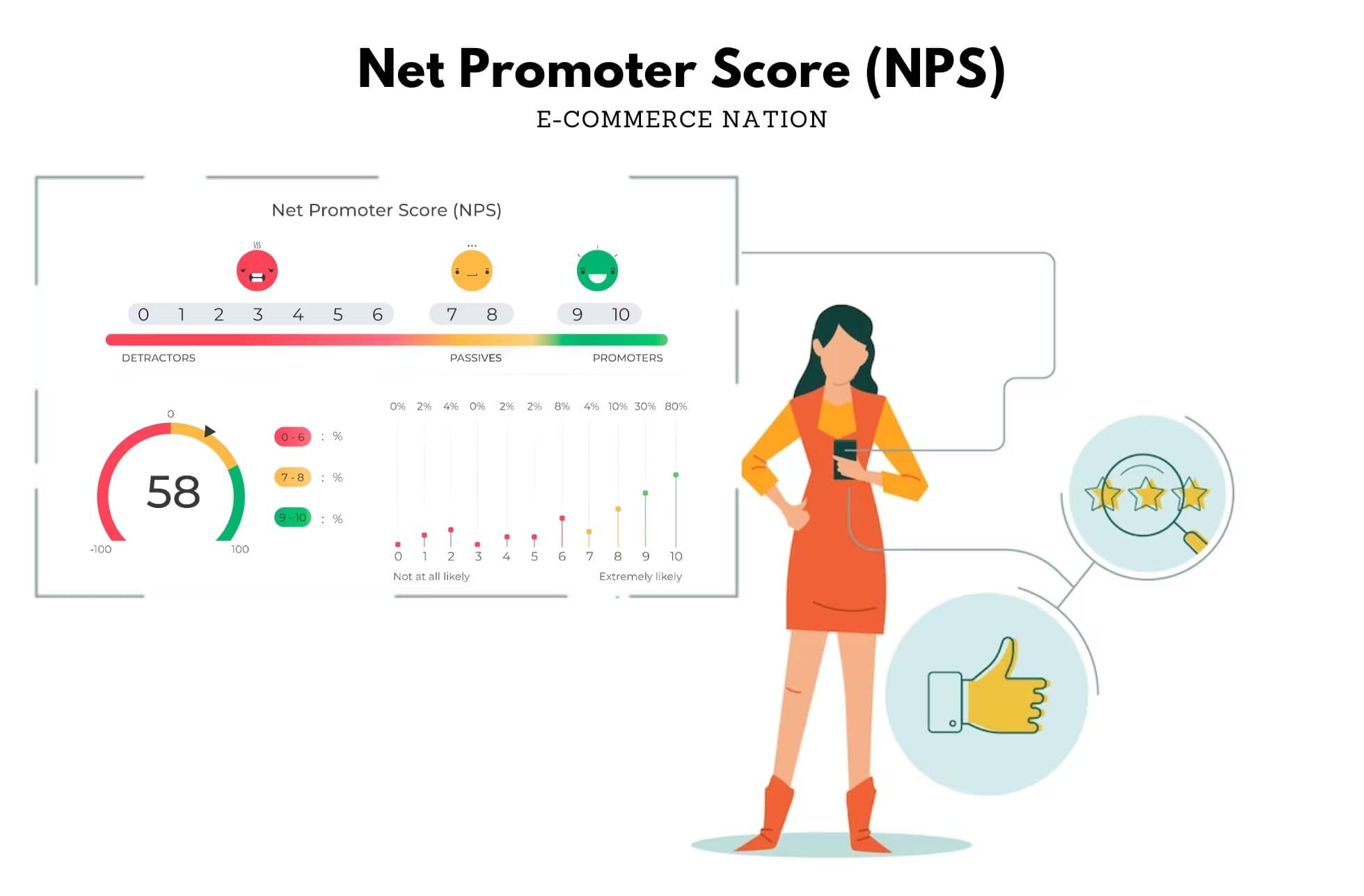There are different sets of key factors affecting the purchasing decision in each retail segment. Customers can spend months choosing a new laptop or a phone, reading articles, watching Youtube reviews, browsing forums and so on. Unlike convenience products, that require minimum time and consideration, tech devices or gadgets are not purchases made in haste.
The Online Customer Purchasing Decision Process
There are reasons for this behavior pattern. Most appliances and consumer electronics are products with a long decision journey. Each journey is highly personalized but it follows the same format. It begins with a need or initiation, at this stage the customer may set the criteria.
For example, if the product is a microwave, what color is it and how will it fit with the rest of appliances and the style of the kitchen? How often will it be used? Will it last longer than a year? Is there a warranty? And so on.
Making right decisions when purchasing home appliances & consumer electronics requires thorough research, the second stage in the journey. At this point customer will consider different brands, specs, and compare a handful of products that match the criteria.
Moving closer to the transaction stage, customer will consider the price. Most electronics come in different price tiers, from premium to budget options. Customer will weigh these options against their budget before clicking “Confirm & Pay”.
On the customer’s end the journey is full of complex decisions. On the retailer’s side, however, the goal remains simple as always – sell more and make sure the customer is satisfied. What are the ways to achieve that?
Store’s Goals, Personalization, and Key Decision Factors
Product personalization allows us to:
- Generate a cross-sell – entice the customer to add a complementary product (consumables, accessories) to the purchase.
- Present better alternatives – help the customer with a tough choice giving him similar or slightly better) options.
- Recommend products with higher margin revenue – generate more revenue per sale.

To achieve all three, retailers usually choose a Big Data based approach, analyze and crossmatch huge amounts of data to personalize the customer experience. Big Data is a strong player but it misses the key details. Let’s check some examples.
Big Data knows that 18,250 more customers were interested in Item A. Big Data also knows that they were interested in Item B. Boom! Big Data-based solution recommends Item B to the viewer of Item A
What Not to Do: Bad Personalization Examples
Using simple Big Data algorithm

When the above Bid Data simple approach is used in a home appliances & consumer electronics category there is a potential that suggested items may not make much sense to a customer, thus not adding any value to the exercise.
In the Walmart example below, recommendations feature a printer, air mattress and a playard to a buyer of an espresso machine.
Even if Big Data manages not to mess up the recommendations and shows items from the same product category, they often don’t match the user expectations.
Ignore the price filter


Another example is Costco. When a visitor applies the price filter choosing the lowest price segment and opens a product page, Big Data recommendations will still ignore the individual price preferences.
The prices of the recommended items do not correlate with the price preferences of this customer; the Samsung TV and Dyson vacuum cleaner are priced at $8000 and $450 respectively. These recommendations are likely inadequate to this particular customer.
Forget about brand preferences


One more example from Tata Cliq. Brand preferences are crucial when marketing electronics. An Apple person may not be interested in Asus or Lenovo, and an Xbox fan will rarely want a PlayStation.
Ignoring individual brand preferences weakens personalization. Witness this product page featuring a MacBook:
Why do the recommendations feature RDP or Asus products? Considering this customer is looking for a MacBook, the chances those will be bought are slim to none.
How to Propose a Tailored Product Personalization
The 3 key parameters that influence purchase decisions in this retail niche are:
- Features: Some customers want a grill microwave oven, while others don’t want to overpay for the optional grill feature.
- Brand preferences: Each customer has their brand preferences, whether for personal reasons or induced by commercials.
- Price preferences: The home appliances/consumer electronics retail niche abounds in similar options for different price segments. In other words, the customer can almost always find a cheaper option.
The following are examples of good product recommendations in appliance and electronic stores.
Apply Brand Preferences


While browsing a particular product at BrandsMart USA, the visitor may see a recommendation based on brand:
Three out of five recommended products are the same brand as the main one. That significantly increases the probability of a successful purchase decision.
Follow the Price Preferences


The second key parameter affecting the final purchase decision in this segment is price preferences.
As mentioned before, if the customer bought a premium product, it doesn’t mean this person is ready to stay within the same price range in the other product categories – it may have been a single occasion.
In this example, the visitor chose an expensive smartphone. Does this automatically mean that this person is ready to buy more expensive things? Not necessarily. So, the recommendation block on this product page includes items from other product categories at mid-tier pricing and more affordable.
Relying on both brand and price parameters is critical for correct personalized product recommendations in this retail segment.
The Benefits of Progressive Personalization solutions
The future of online products recommendation is supreme-precision type of personalization – the Progressive Personalization technology. This tech operates by a very transparent logic and delivers a greater level of personalization. Wondering how?
Progressive personalization technology analyzes the behavior of each visitor: views, items in cart, and purchases. The events are weighted based on the visitor’s level of engagement and have an experience-proven level of importance. For instance, one purchase tells us more about a person than five views.
Along with that, every product in your store is marked to have a set of the key parameters important in the given retail segment. In home appliances & consumer electronics, these include individual price and brand preferences. In apparel & accessories it’s brand, demographics, size, fit, as well as style. A Progressive Personalization driven recommendation engine tracks and records these key on-site events and determines the key parameters.
Underlying Mechanics
For high-level personalization in product recommendations, your store should have the relevant customer data.
Here is the logic behind progressive personalizaton calculations:
Brand Preferences
Progressive Personalization rule: Consumers often develop a strong liking for a certain brand, and tend to stick to it while shopping (especially in consumer electronics). Recommended products should correspond to the brand preferences.
The event map for this example is presented in the following table:
| Product | Brand | Views | Cart |
Purchase |
| Juicer | Ninja | 1 | ||
| Coffee maker | Ninja | 1 | ||
| TV | Philips | 1 | ||
| Blender | Ninja | 1 | ||
| Fitness tracker | FitBit | 1 |
Each visitor action has a certain value, as the visitor may be curious about some product but then purchase other ones. The correlation is shown in the following table:
|
Event |
Scores |
| Views | 1 |
| Cart | 5 |
| Purchase | 10 |
And the scores is:
| Brand |
Scores |
| Ninja | 16 |
| Philips | 1 |
| FitBit | 1 |
This means that the visitor has a liking for Ninja products, and should, therefore, be recommended products from that brand.
Price Preference
Progressive Personalization rule: Some consumers tend to make purchases outside their budget. These products are often meant to enhance their public image and are bought very rarely and on credit. Recommendations should not be formed based on a single purchase or by showing a customer only premium segment products.
All products can be divided into three main price segments: low price, mid-price, and premium segment.
Progressive Personalization helps to answer two main questions:
- At what price segment should products be to maximize potential profit?
- What price segment will suit the customer and generate a sale?
To determine the answers, we’ll build the following table:
| Products | Brand | Category | Price |
| Juicer | Ninja | Kitchen Appliances | $100 |
| TV | Philips | TV & Video | $300 |
| Coffee maker | Ninja | Kitchen Appliances | $110 |
| Headphones | Koss | Headphones | $600 |
| Fitness tracker | FitBit | Health & Personal Care | $700 |
| Blender | Ninja | Kitchen Appliances | $130 |
| TV | LG | TV & Video | $312 |
| DVD player | Sony | TV & Video | $330 |
We group all viewed products into three price segments: low price, mid-price, and premium segment. We can then calculate the average price, and determine the price segment suitable for the visitor in each category:
| Category | Price |
| Kitchen Appliances | $113 |
| TV & Video | $314 |
| Headphones | $600 |
| Health & Care | $700 |
Based on these calculations, the store can optimize recommendations both by prioritizing products from the determined price range, and by dynamically changing the range based on the visitor’s browsing history.
Multiply Your Profit with Progressive Personalization algorithm
Personalization done right for home appliances & consumer electronics is a much tougher task than it may seem. When you rely on Big Data alone, you may notice that it’s not always on point. The Progressive Personalization technology is designed to make up for these limitations, and can act alone or complemented by Big Data. This new tech has a transparent logic and is easily implemented in any store to perform right from the start, and for every visitor.





